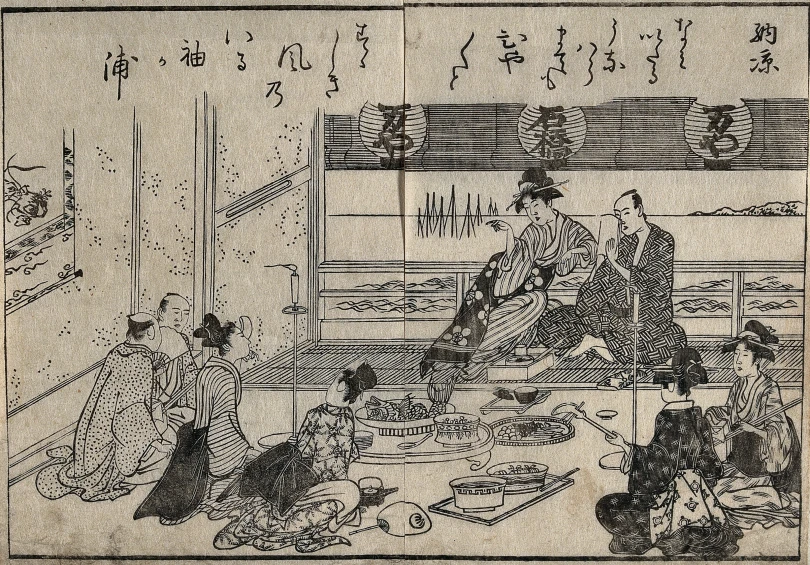In 2023, the Garland platform will host a series of issues on taste, sound, smell and touch that help us “reconnect” with the world and expand the identity of craft beyond “visual” art.
Western culture has privileged visual perception as the locus of meaning. It’s how we “read” the world. “Seeing is believing”.
This is evident in the creative field. We have the “visual” arts, but not the “haptic” arts or “olfactory” arts. Craft theorist Howard Risatti sees this as part of the Western philosophical tradition:
This attitude toward the human body, which is prominent today in many religious sects of a fundamentalist bent, parallels a long-standing philosophical tradition in the West that regards what can be called “distance senses” (such as sight) as superior to what are thought of as “bodily senses” (taste, smell, touch).
Risatti, Howard. 2007. A Theory of Craft: Function and Aesthetic Expression. Chapel Hill: University of North Carolina Press.
As a “distance” sense, sight helps us operate on the world from afar. It is key to the technologies that have helped master the planet, particularly photography, surveillance and warfare. But climate change challenges us to “re-connect” with the planet. For this, it is important that we cultivate our “proximate” senses, such as taste, smell and touch (hearing is also more proximate than sight). To help, we can draw on the wide variety of cultural practices that stimulate the senses for a particular event or meaning. These include the Japanese tea ceremony, the Indian panchopachara feast of the senses and the Jewish havdalah ceremony to mark the end of Shabbat.
Makers today can enhance the realm of the senses. While we can’t capture a smell as we might an image, we can use an incense burner that “adorns” the smell with a tangible object.
In 2023, our Sensorium Series will feature stories of innovative material practices for enhancing the non-visual senses. Along the way, we can re-think the identity of craft as a “visual” art and consider how we might expand the creative field to encompass the full range of our embodied experience.
- 30 – To taste – March 2023
- 31 – To hear – June 2023
- 32 – To smell – September 2023
- 33 – To touch – December 2023


